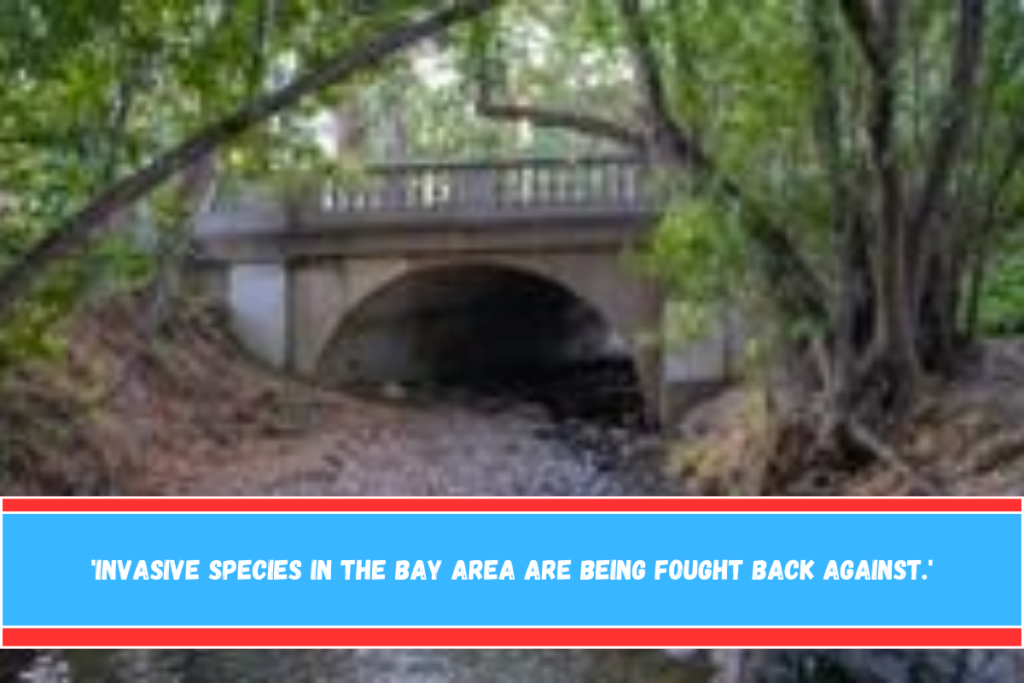Follow Strawberry Creek as it runs through campus for a walk. A lot of the time, clumps of exotic weeds will block your view of the water.
Toxic waste and pollution in the creek in the 1800s made it impossible for many native species to live there. Since then, invasive plants have taken over this fragile environment.
Even though groups like the Strawberry Creek Restoration Program work every week to get rid of invasive plants and plant native plants along the creek, it will take decades of work to make up for the variety that people have taken away from the stream.
These plants aren’t the only exotic species that are messing up the ecosystem in the Bay Area. There are also wild cats living in Strawberry Creek Park.
These cats eat small animals like birds and gophers. Pest insects that aren’t native to the area, like leafhoppers, destroy farm goods in the area. Nutria, which are small mammals, eat local plants and often carry parasites that are dangerous.
Native animal groups are dying out faster than they can be replaced as the number of invasive species keeps going up.
One big reason why the problem with alien species is getting worse is that people have been messing with California’s ecosystems and changing the whole landscape.
Native plants and animals that are used to living in a certain climate are now having a harder time staying alive because the air and water are becoming more polluted, streams are becoming more acidic, and wildfires are becoming less predictable.
On the other hand, alien species stand out because they can live in a lot of different places, which lets them outcompete native species.
As a worker working with groups to get rid of giant reed from rivers in the Bay Area, I learned that this plant can pull so much water from creek beds that it pretty much controls all the water sources nearby.
In the East Bay, where droughts and heat waves make water scarce in the summer, this competition kills off local plants quickly.
Giant reed upsets the balance of the whole river by draining water, taking away food sources for herbivores (because it’s generally not edible), and changing the nutrients in the soil. Not only do invaders hurt the species they eat, but they also hurt ecosystems as a whole.
Safety and health of people are also affected by this damage. Invasive plants make methods for controlling flooding and managing water less effective.
People and pets can get diseases from wildlife. For example, the Asian tiger mosquito, which spreads Dengue and other viruses, is one of the most successful invaders in the world.
Aside from that, alien species cause about $137 billion in damage and control costs every year in the United States.
It’s better to stop an invader from getting into an environment in the first place than to try to get rid of it later.
Policies and methods that stop species from going to new places, like checking the cargo on ships, are great ways to keep everyone safe.
Once an invasive species is established, however, the best way to get rid of it and bring it back to its original state usually requires a lot of free work.
In our area, groups like the Strawberry Creek Restoration Program help find volunteers and teach them about the area’s plants by leading nature walks, teaching classes, water monitoring projects, and social and artistic community events.
It is possible to support diverse ecosystems where native species can live and grow with people if people work hard and raise awareness.


